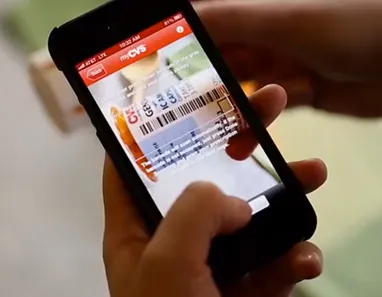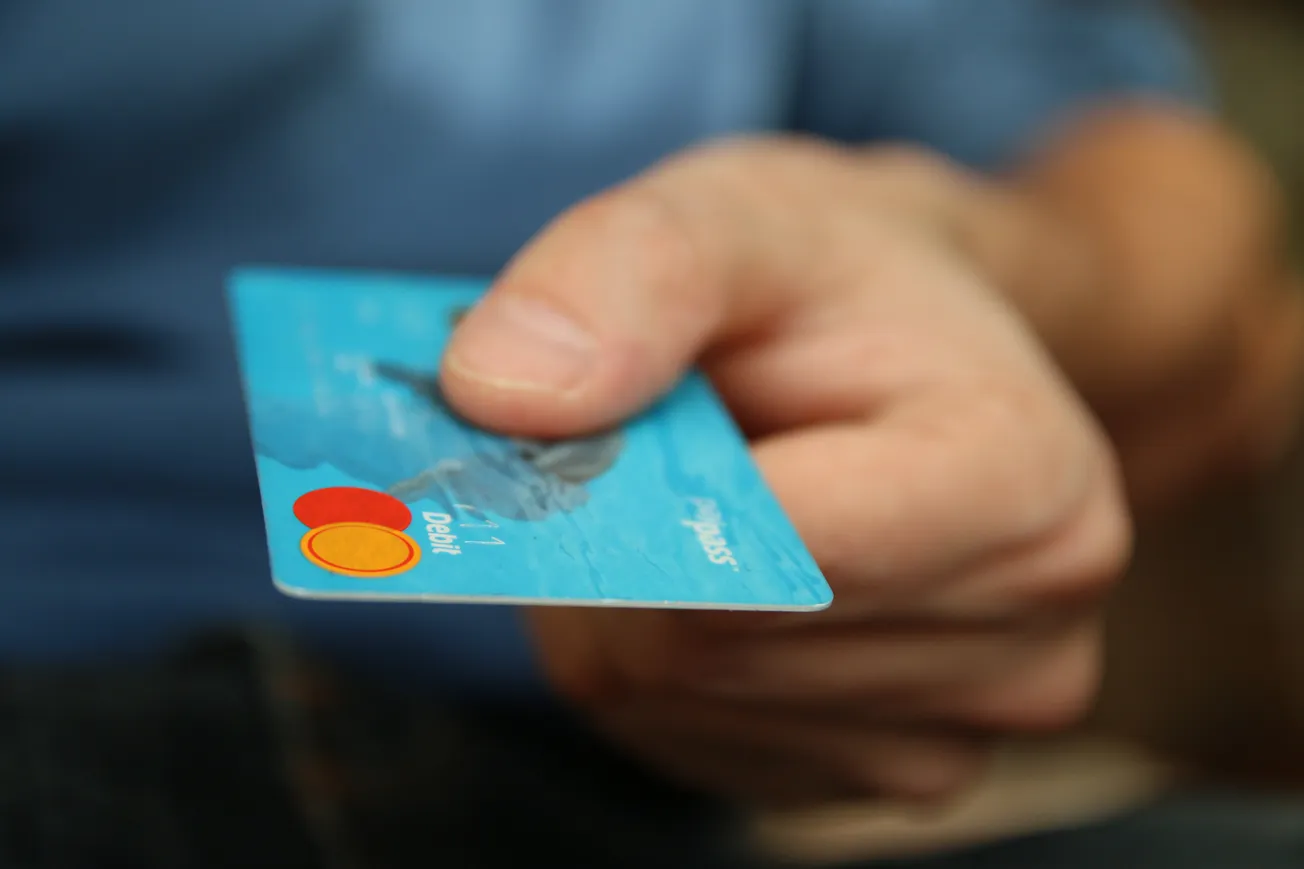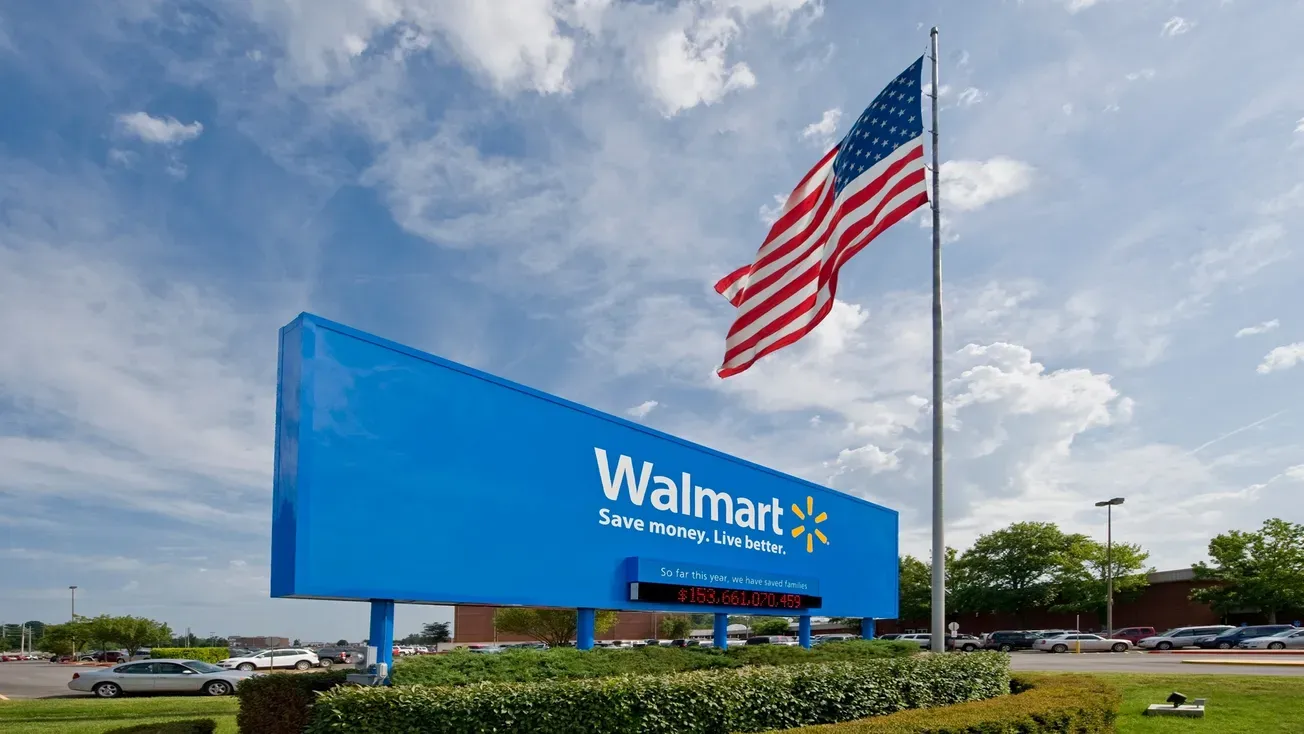The mobile experience, including both websites and apps, can play a prominent role for those tracking their fitness and wellness, managing multiple medications, and/or managing an illness or chronic condition.
According to Pew Research Center, nearly two-thirds of Americans own a smartphone. Most smartphone owners have the device with them constantly, and they expect to be able to find what they are looking for with a certain degree of immediacy.
A retailer’s website must perform well on the mobile platform as does your app to attract, engage and earn long-term online customers. If your site is easy to navigate it will win loyalty, but if it doesn’t operate as desired you may lose customers — especially if your competitors are doing it better. Shoppers who rely heavily on online research prepurchase and primarily shop on the Web may never try your site again or will need good reason to give it another go if it doesn’t deliver the first time.
Your site should make it as easy as possible for customers to find what they need. If your search engine isn’t robust enough to provide relevant results when a product name, symptom or brand is entered, or if your site taxonomy isn’t user friendly, or you don’t have an accurate image of the product to go along with a detailed description, it most likely will be a poor or failed shopping experience for a potential customer.
Another aspect to managing health via mobile devices is an app. The top three drug chains, Walgreens, CVS Health, and Rite Aid all have apps available, some with more robust features than others, and consumers can also find a variety of apps available from other sources that will help them manage their health. From smoking cessation to tracking fertility, emotional wellness to nutrition tracking, there are a range of mobile applications to help consumers address health and wellness concerns or goals.
Mrs. Riley, one half of a baby boomer couple, uses her tablet while she’s waiting at an appointment to find the best price for the over-the-counter medicines they use. Two of the major pharmacies are in close proximity to her appointment, so she starts there. She gets frustrated when on both pharmacy sites she types in the name of the product, which includes the well-known brand name, and she gets zero results. These results cause her to look to other retailers who can provide a better online experience.
Where her pharmacy does succeed is its mobile app. Mrs. Riley takes advantage of rewards and coupons, and more importantly, relies on it for prescription pickup prompts. Her daughter found a different app that they use to remind them to take their prescribed medication. That app can also generate a report tracking adherence that they can show their doctor or pharmacist.
Unfortunately, Mrs. Riley’s pharmacy didn’t deliver a cohesive, successful omnichannel experience and therefore it becomes the place where she takes advantage of the drive-through to pickup prescriptions and that’s it.
Monica, a Millennial, makes use of her pharmacy’s app, which she has also linked to her Fitbit. She gets rewarded for logging in her activity through her participation in the pharmacy’s wellness program, including coupons for items she uses regularly. Being able to use her phone makes it easy to enter her miles as soon as she has finished, so she doesn’t have to remember to do it later. Monica also makes use of the advisory feature of the app when she’s out on the trail and feels an unusual pain or strain. For Monica, the fact that her pharmacy offers an app that has multiple features that delivers convenience and minimizes time she may have otherwise spent in tracking her progress to her fitness goal, is a value add to the service offering.
A great opportunity exists to strengthen customer loyalty with a strong mobile presence. Ensuring ease of use and reliable functionality, and providing true benefits to a customers’ quality of life, is a recipe for success. Continue to evolve your online assets to integrate them with other outlets, such as your social media sites, emerging technologies like wearables, and even products you carry that themselves are becoming increasingly sophisticated and connected.
Imagine how technology plays a role in a patient’s self-care and your operational plans and strategies. The omnichannel strategy for your pharmacy needs to provide multiple ways for consumers to interact with your store. Ensure your digital base camp — your website — provides the best customer shopping experience possible. Encourage participation in your rewards and/or wellness programs by making it easy to take part via various platforms.
Meeting the needs of all of your customers requires that you identify what’s most important to them in their health management and position yourself as a partner.
Megan Moyer is a researcher and writer with Hamacher Resource Group Inc.









